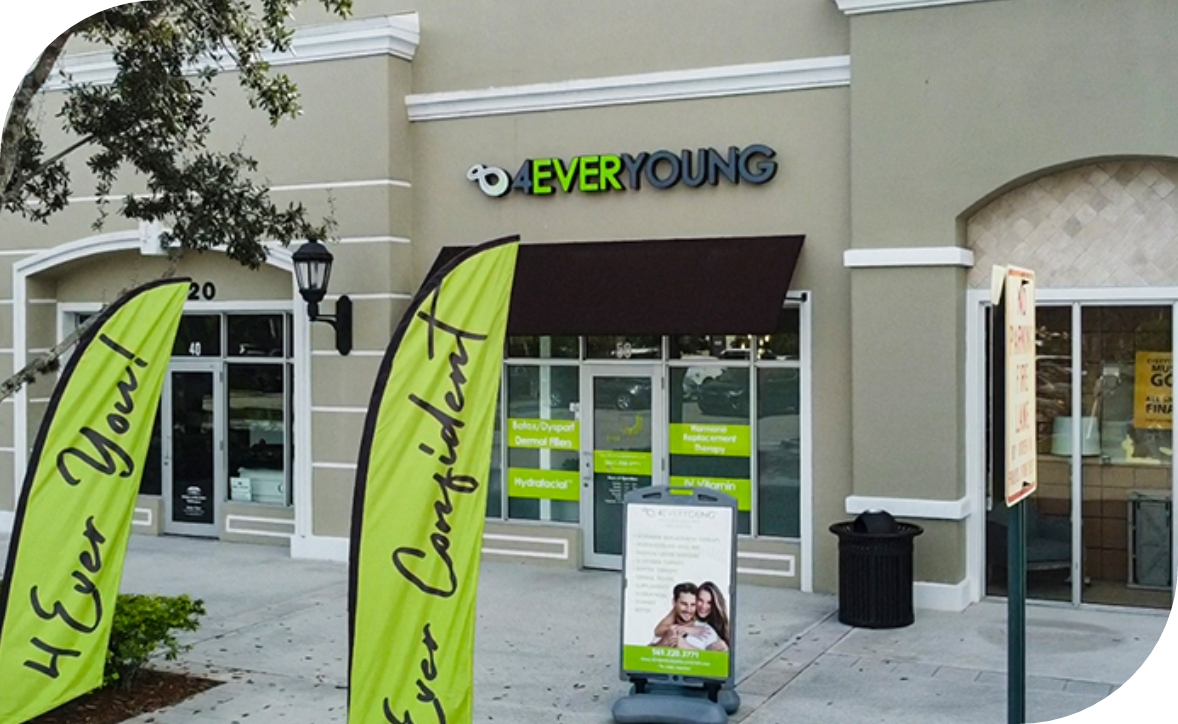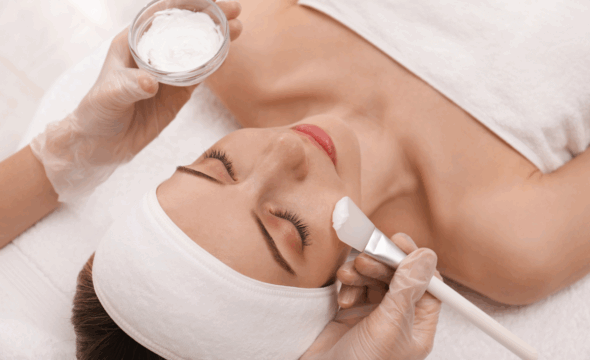Chemical Peels Explained: What Every First-Time User Should Know
Achieve Radiant Skin with Confidence and Clarity
Introduction to Chemical Peels for Beginners
What Is a Chemical Peel and How Does It Work?
A chemical peel is a non-invasive cosmetic treatment that exfoliates the top layers of your skin using a carefully formulated acid solution. By loosening the bonds between dead skin cells, peels stimulate cellular turnover, improve texture, unclog pores, and promote collagen production. The result? A brighter, smoother, and more youthful complexion.
Why First-Timers Should Understand the Treatment Process
If you’re considering getting a chemical peel for the first time, knowledge is power. Understanding the types of peels, their benefits, and what to expect can help you select the right treatment, avoid unnecessary downtime, and maximize your results. This guide aims to demystify the process so you can confidently book your chemical peel online or visit a rejuvenation clinic.
Exploring the Types: Light vs. Medium vs. Deep Peels
Light Peels: AHA and BHA for Surface Renewal
Light peels typically use alpha-hydroxy acids (AHAs) like glycolic, lactic, or mandelic acid, or beta-hydroxy acids (BHAs) like salicylic acid. These peels gently exfoliate the outermost layer, treating mild discoloration, dullness, and texture with little to no downtime. Ideal for first-timers or as anti-aging facial treatments, they offer a quick glow with minimal risk.
Medium Peels: TCA and Jessner Solutions for Deeper Concerns
Medium-depth peels, often based on trichloroacetic acid (TCA) or Jessner’s solution, penetrate further into the dermis. These are effective for treating moderate wrinkles, acne scars, and dark spots, with noticeable peeling and a 5–10 day recovery. They’re often recommended for patients seeking visible rejuvenation without going fully deep. Vi and Perfect Peel are excellent choices for Medium Peels.
Deep Peels: Phenol for Dramatic Rejuvenation
Reserved for significant skin concerns like deep wrinkles, severe sun damage, or scarring, phenol peels offer profound transformation. Results are dramatic and long-lasting but require sedation, substantial downtime, and expert monitoring. These are among the best facial peels for aging skin, though not suitable for all skin types.
Non-peeling Peels
For those who want the benefits of peel options with no downtime, a no Peel Peel provides chemical treatments that work beneath the surface to stimulate collagen, improve texture, and brighten skin without visible peeling. Recommended Non-peeling Peels include PRX and BioRePeel. They’re great for those wanting results like smoother, firmer skin with zero flaking, redness or recovery time.
Choosing the Right Depth for Your Skin Goals
The best peel depends on your goals, budget, and skin type. A light peel is great for regular maintenance or prepping for a special event, while medium peels offer corrective benefits over a few sessions. Deep peels deliver dramatic results but require serious planning. A consultation at a med spa anti-aging services provider will guide your decision.
Addressing Specific Skin Concerns with Chemical Peels
Chemical Peel for Acne and Breakout Control
Peels with salicylic acid or Jessner’s solution dive deep into oil glands, unclogging pores and reducing inflammation. A chemical peel for acne can minimize active breakouts, speed healing, and prevent future flare-ups, making it a cornerstone in long-term acne management.
Fading Dark Spots, Melasma, and Sun Damage
For dark spots, melasma, and sun exposure, peels using glycolic, lactic, or mandelic acid gently break down pigmented cells and promote even skin tone. A chemical peel for dark spots is often paired with brightening serums to prolong and intensify results.
Targeting Wrinkles and Fine Lines with Peel Series
Medium-depth TCA peels or a series of light peels can soften fine lines, boost elasticity, and reverse early aging signs. Over time, these treatments encourage collagen remodeling, making them a cost-effective option compared to lasers for wrinkle reduction.
Minimizing Pores and Refining Texture for a Smooth Finish
One of the unsung heroes of chemical exfoliation is its ability to reduce the appearance of enlarged pores. A chemical peel for pores dissolves sebum buildup and tightens skin, leaving a smoother, more refined canvas for makeup or bare-skin confidence.
What to Expect Before, During, and After Your First Peel
The Consultation: Skin Type, Medications, and Timing
Before your peel, your provider will evaluate your Fitzpatrick skin type, current medications, lifestyle factors, and upcoming events. This ensures safe selection of the correct formula and prevents complications, especially for sensitive or melanated skin.
Treatment Day: Step-by-Step Application Process
On peel day, your skin is cleansed, protected, and prepped. The acid solution is then applied and monitored closely. You might feel tingling, heat, or tightness depending on the formula strength.
Sensations and Reactions: Tingling, Frosting, and Tightness
“Frosting” (white patches) is a normal response to medium and deep peels, signaling protein coagulation. Post-treatment tightness is common and can last for several days.
Post-Treatment Flaking and the Urge to Pick
As skin begins to shed, resist the urge to pick. Peeling typically starts on day 2 or 3 and lasts 3–7 days. Picking can cause scarring or hyperpigmentation, especially for darker skin tones.
Chemical Peel Aftercare and Recovery Timeline
Redness, Peeling, and Managing Sensitivity
Expect redness, mild swelling, and visible peeling for several days. Sensitive skin may feel tender or itchy. These are all part of the renewal process.
Post-Peel Skincare: Cleanser, Moisturizer, and SPF
Use a gentle cleanser, a hydrating moisturizer, and a broad-spectrum SPF 30+ religiously. Avoid active ingredients like retinol or exfoliants until cleared by your provider.
Sleeping, Smiling, and Protecting New Skin
Sleep on your back, avoid excessive facial movements, and skip workouts for a few days to reduce stress on the skin. Newly exposed skin is delicate and prone to injury.
Recognizing When to Call Your Provider
If you experience blistering, excessive swelling, pus, or prolonged redness beyond 10 days, contact your provider immediately. Better safe than sorry.
Costs, Safety, and Realistic Expectations
Chemical Peel Price Ranges by Depth and Location
Prices vary widely:
- Light peels: $100–$200/session
- Medium peels: $200–$500
- Deep peels: $600–$3000+
Your chemical peel price depends on depth, provider experience, and clinic location.
Comparing Med Spa Services and Dermatology Packages
Med spas often offer packages and loyalty pricing, while dermatology clinics may include pre- and post-care services. Choose based on your comfort with medical oversight and desired results.
Why DIY Peels Are Risky for First-Time Users
Over-the-counter peels may lack pH control and cause burns, especially without proper training. Always choose professional chemical peels for safety and efficacy.
Safe Scheduling with Other Treatments Like Microneedling
Spacing is essential: wait 2–4 weeks between peels and microneedling to avoid over-exfoliating. Your provider will customize a schedule that enhances results without compromising your barrier.
Maintenance, Results, and Long-Term Glow Strategy
Glow-Up Schedules: Quarterly Light, Annual Medium Peels
Regular peels yield better outcomes. Light peels every 6–8 weeks or quarterly help maintain glow, while annual medium peels address deeper issues gradually.
Combining Peels with Retinoids and Antioxidants
Retinoids and vitamin C serums enhance post-peel results by supporting collagen synthesis and protecting new skin. Introduce them slowly after the healing phase.
Long-Term Benefits of Regular Professional Peels
Beyond immediate radiance, regular peels reduce wrinkles, improve tone, and enhance product absorption. They are a strategic tool in any anti-aging facial treatment plan.
Building a Sustainable Skincare Routine Post-Peel
Invest in barrier-friendly skincare, hydrate often, and wear SPF daily. Your post-peel routine is crucial for preserving results and preventing hyperpigmentation or sensitivity.
Conclusion: Confidently Booking Your First Chemical Peel
How to Choose the Right Peel and Provider
Look for certified professionals at reputable medical aesthetic centers. Check reviews, ask about training, and confirm that a patch test is offered.
Embracing the Journey Toward Clearer, Smoother Skin
Your first time chemical peel is the beginning of a transformative journey. By understanding what to expect and how to care for your skin, you’re empowered to book a chemical peel online or schedule your consultation with confidence.
Ready to glow? Book your customized skin peel treatment with a licensed provider today and unveil the smooth, clear, rejuvenated skin waiting just beneath the surface.







